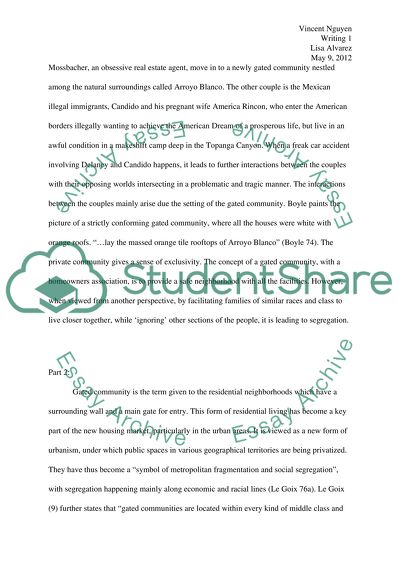Cite this document
(“Gated Communities and Segregation in The Tortilla Curtain by T.C.Boyle Essay”, n.d.)
Retrieved from https://studentshare.org/english/1450847-gated-communities-and-its-effects-on-segregation
Retrieved from https://studentshare.org/english/1450847-gated-communities-and-its-effects-on-segregation
(Gated Communities and Segregation in The Tortilla Curtain by T.C.Boyle Essay)
https://studentshare.org/english/1450847-gated-communities-and-its-effects-on-segregation.
https://studentshare.org/english/1450847-gated-communities-and-its-effects-on-segregation.
“Gated Communities and Segregation in The Tortilla Curtain by T.C.Boyle Essay”, n.d. https://studentshare.org/english/1450847-gated-communities-and-its-effects-on-segregation.


